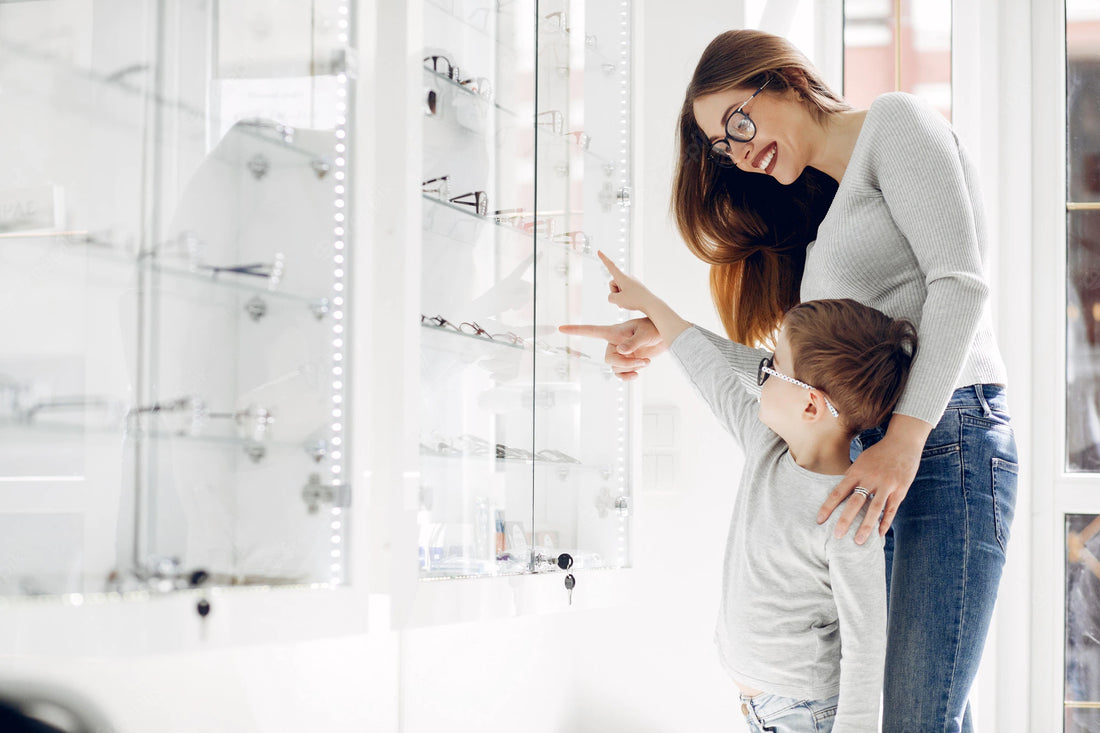As children grow and develop, their eyesight can change rapidly, making it difficult for parents to keep up. One common issue that children may face is the need for reading glasses. In this blog post, we'll be discussing when to start using reading glasses for kids and how to choose the right pair.
Understanding the Need for Reading Glasses in Children
The age at which children need reading glasses can vary greatly, but it's generally recommended to have children's eyes checked by an optometrist around the age of 3. If a child is having difficulty seeing clearly, an optometrist will be able to determine if they need reading glasses and what strength is appropriate.
Symptoms that may indicate the need for reading glasses in children include:
- Holding books or other reading materials too close to their face
- Squinting when reading or doing other close-up work
- Complaining of headaches or eye strain after reading or doing close-up work
- Difficulty reading or seeing the board in school
Choosing the Right Reading Glasses for Kids: Tips and Tricks
When choosing reading glasses for kids, it's important to consider both the child's age and the strength of their prescription. It's also important to choose a frame that is durable and comfortable for the child to wear.
For younger children, it's recommended to choose plastic frames that are lightweight and flexible, as these are less likely to break if the child is rough with them. Additionally, it's also important to choose a frame that fits the child's face well and doesn't slide down their nose.
For older children, it's recommended to choose frames that are made of more durable materials, such as metal or titanium. Additionally, it's also important to choose a frame that fits the child's face well and doesn't slide down their nose.
It's also important to choose lenses that are scratch-resistant and have UV protection, as these will help to protect the child's eyes from the sun's harmful rays.
Proper Use and Maintenance of Reading Glasses for Kids
Proper use and maintenance of reading glasses is essential to ensure they remain effective and safe to use. Children should be taught how to handle and store their glasses properly to avoid damage or loss. They should also be taught when and how to clean their glasses, such as wiping the lenses with a microfiber cloth.
Additionally, it's important to schedule regular eye exams for children who wear reading glasses to make sure that their prescription is up to date and that their eyes are healthy.
In conclusion, reading glasses can be a valuable tool for children who are having difficulty seeing clearly. By understanding when to start using reading glasses and how to choose the right pair, parents can ensure that their child's vision is properly supported. Remember to also teach children on how to properly use and maintain their reading glasses for them to last longer and be effective.












